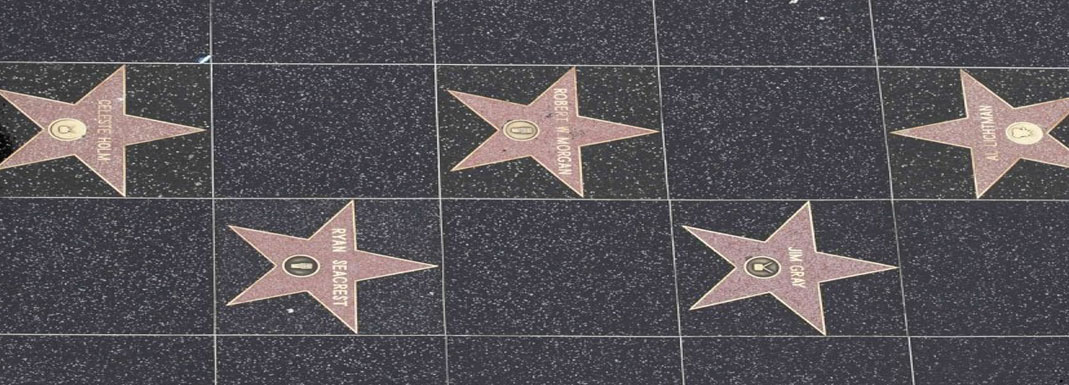
Lydia Pinkham and Black Cohosh
Lydia Pinkham’s black cohosh tonic was one of the top selling patent medicines back in 1875, almost 150 years ago, and today many women still buy it to treat their hot flushes of menopause, even though it has been largely discredited by the medical community. One double-blind study showed that it is no more effective for controlling menopausal hot flushes than a placebo sugar pill.
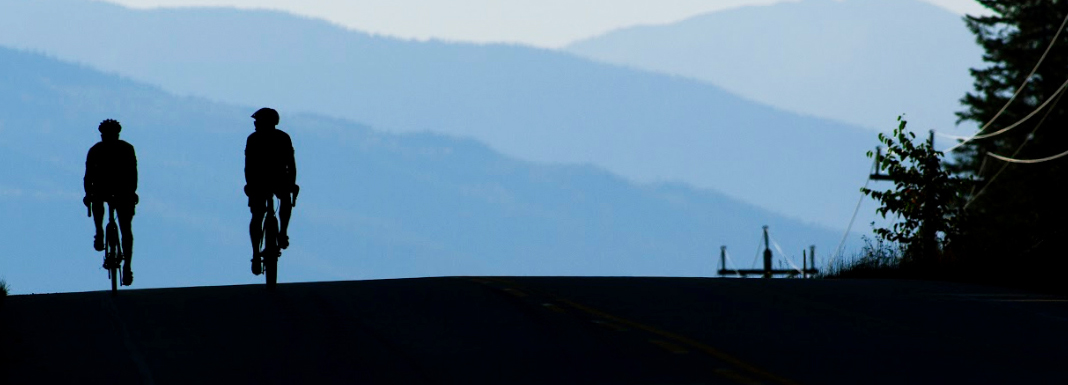
Running May Help to Protect Your Knees
Running a marathon may strengthen the cartilage and muscles in knee joints. Marathon runners their MRIs showed a remarkable reduction in the knee bone and cartilage damage and marked strengthening of the knees.
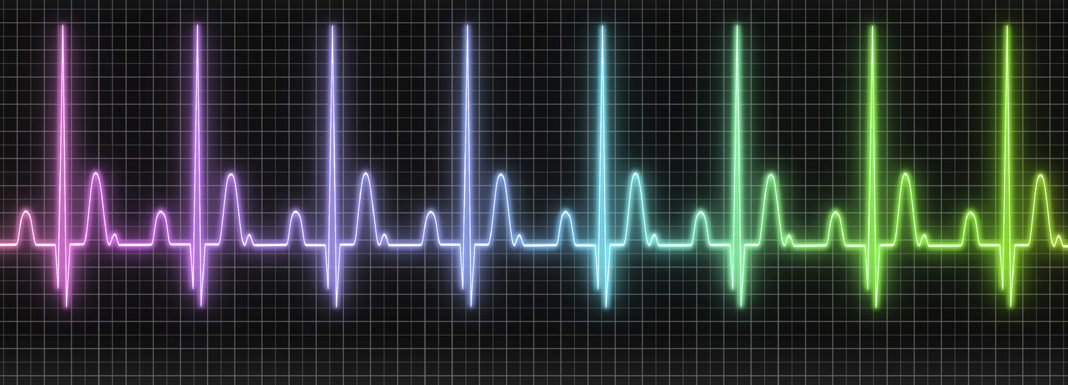
Weak Heart Muscle Associated with Weak Skeletal Muscles
As you age, you can expect to suffer from sarcopenia (loss of muscle size and strength). The smaller the muscles in the arms, legs and trunk, the smaller and weaker the upper and lower chambers of their heart. Having a smaller and weaker heart muscle puts a person closer to heart failure.

Peter Snell, Olympian: Can Extreme Exercise Damage the Heart?
Peter Snell was a New Zealand runner who won three gold medals in the 800 and 1500 meter races in the 1960 and 1964 Olympics. He also set two Olympic records and seven world records.
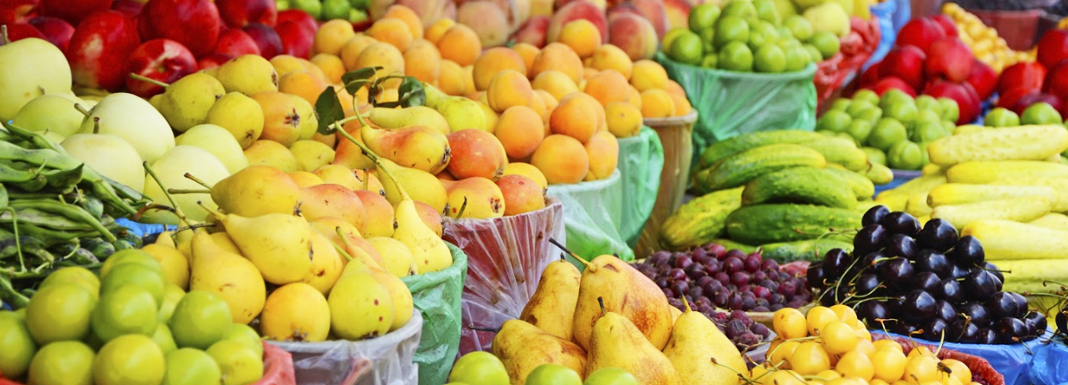
Benefits of Time-Restricted Eating
In a recent study of time-restricted eating, a group of 19 people with metabolic syndrome (also called pre-diabetes) ate their usual meals but ate only between 8AM and 6PM (10 hours) and took in no calories during the other 14 hours each day.

Creatine
Creatine is a substance found in muscle cells that helps your muscles produce energy, particularly while lifting heavy weights or exercising intensely. Your body makes creatine from three amino acids (protein building blocks) called L-arginine, glycine, and L-methionine. You also get creatine when you eat animal protein: meat, poultry or seafood.

C.W. Post, Entrepreneur and Huckster
C.W. Post was a brilliant huckster who invented Grape Nuts and Postum. He founded Post Cereals, which eventually became General Foods, one of the largest processed food companies in the world.

Metabolic Syndrome Predicts Heart Attacks and Diabetes
A huge study from Korea confirms that people with Metabolic Syndrome are at increased risk for heart attacks, and that when they correct some or all of the components of Metabolic Syndrome, their risk for a heart attack goes down dramatically.
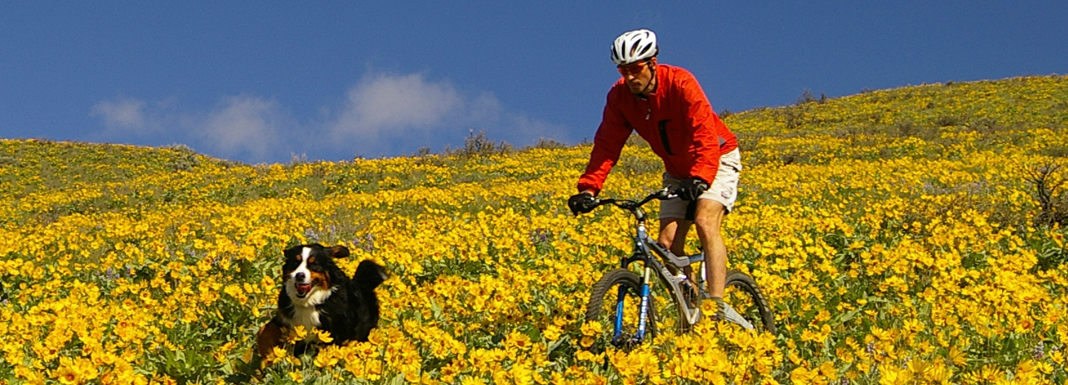
Frostbite
You should never suffer from frostbite: painful freezing that can cause permanent loss of skin, and can be followed by loss of fingers, ears, toes, or even arms and legs. You get plenty of warning before your skin starts to freeze. First your fingers feel cold and then your skin starts to burn or itch.

The On-and-Off Partnership of Tammy Wynette and George Jones
George Jones and Tammy Wynette, perhaps the most popular married country-singing couple of all time, told us a lot about their marriage and divorce. They were married for only seven years, but they wrote and sang together while they were married and for twenty years after they were divorced.
